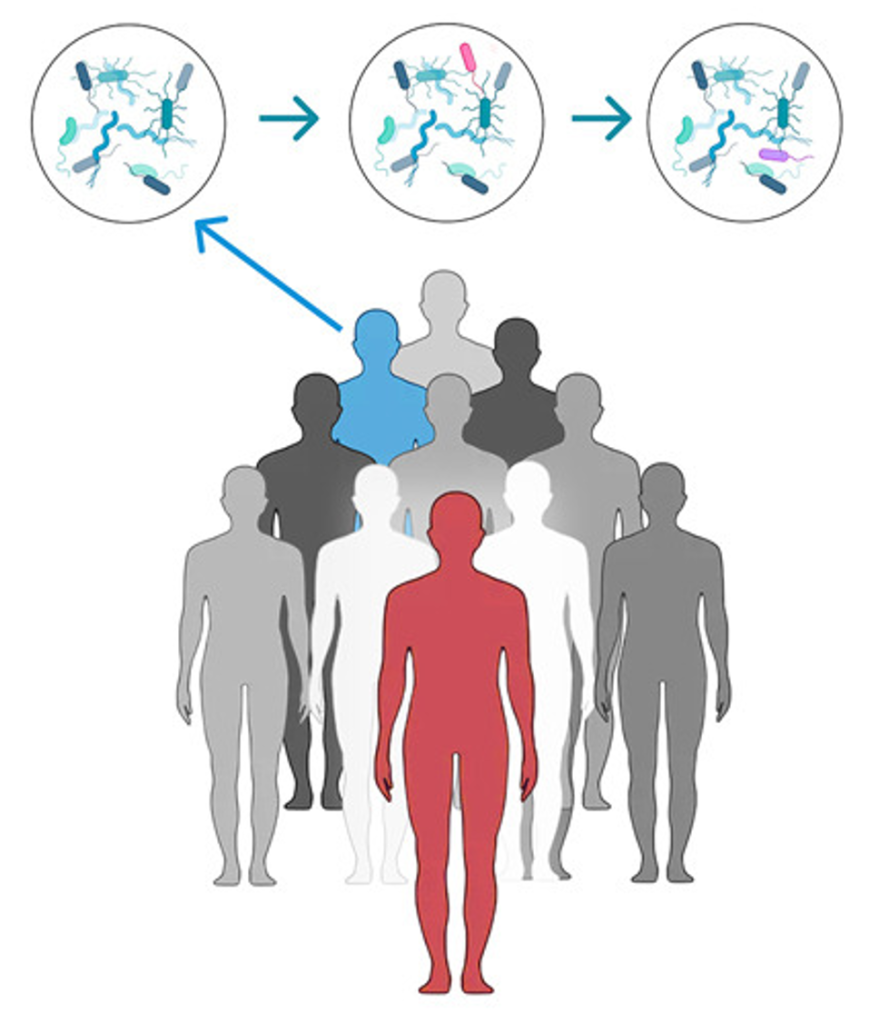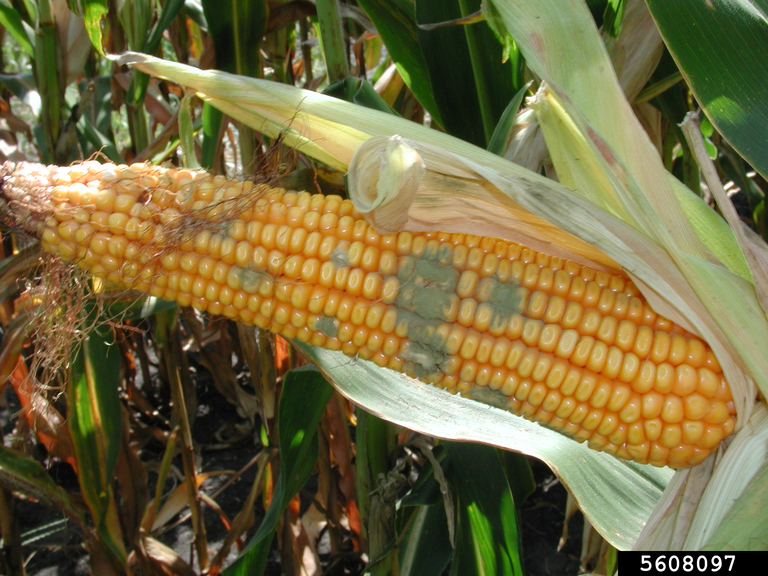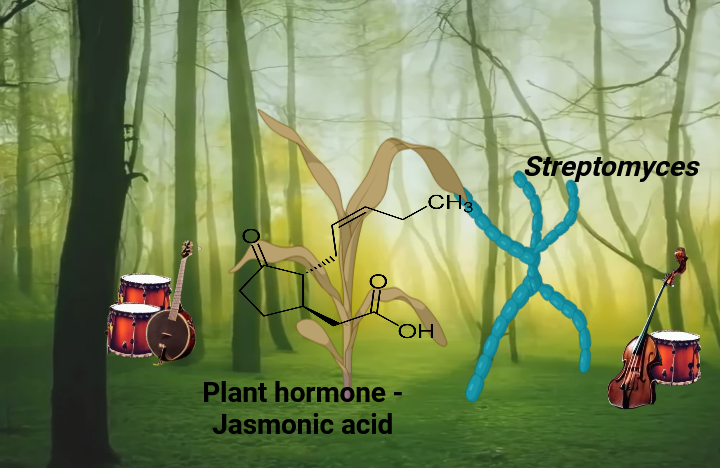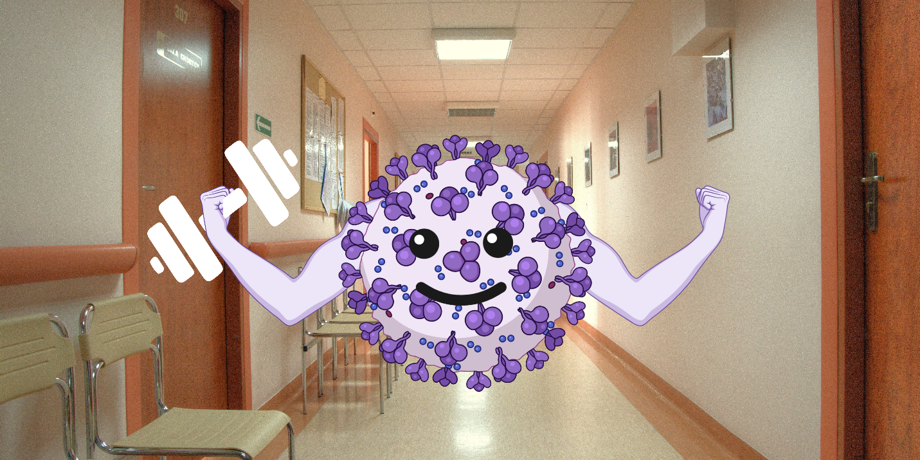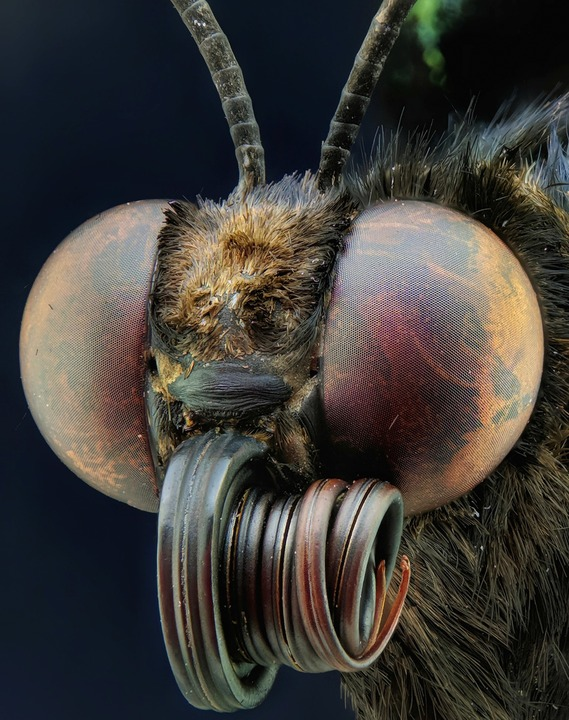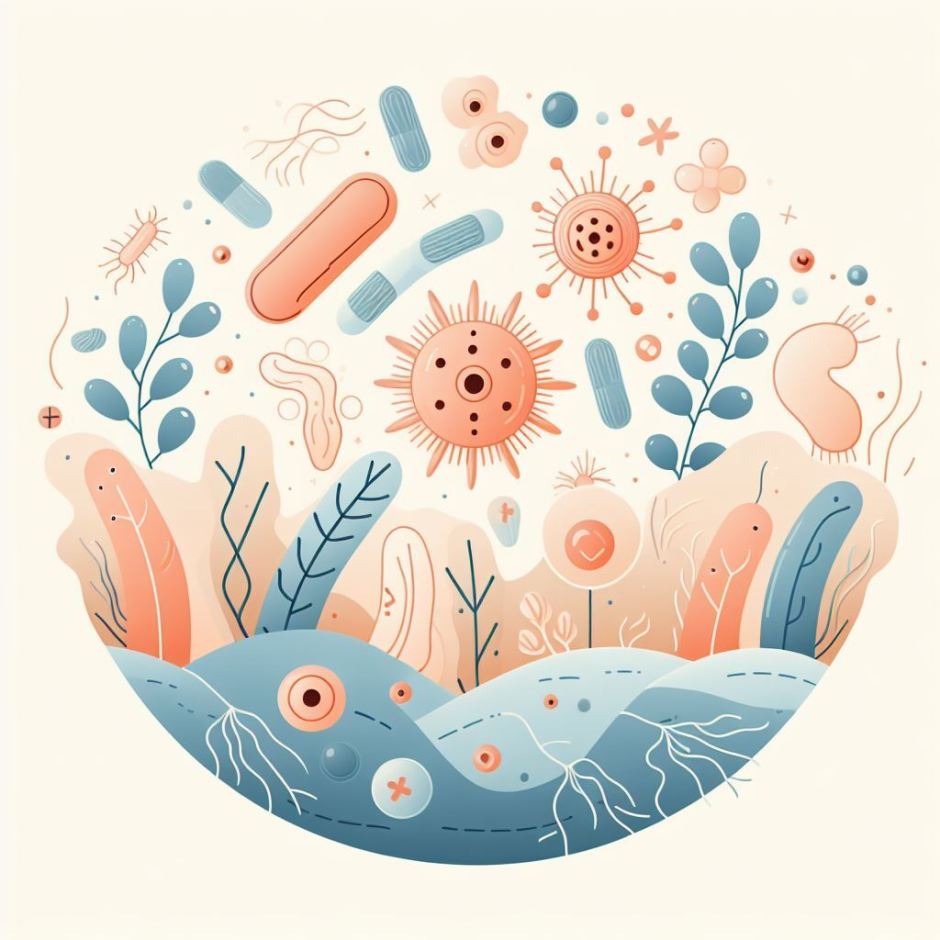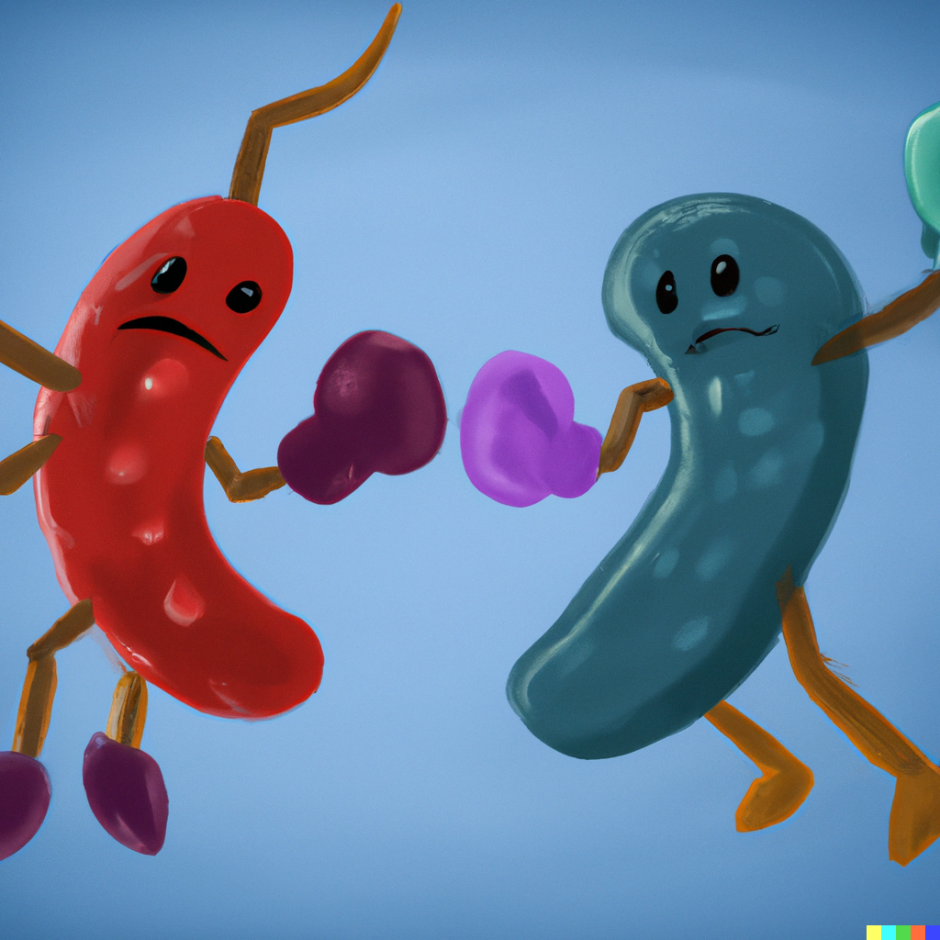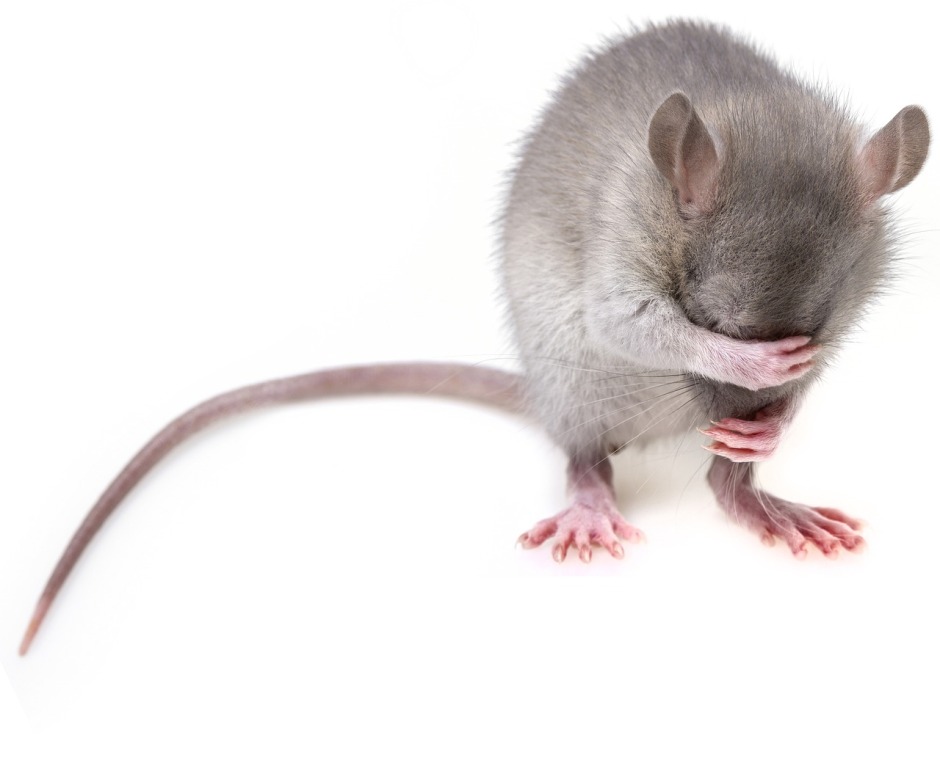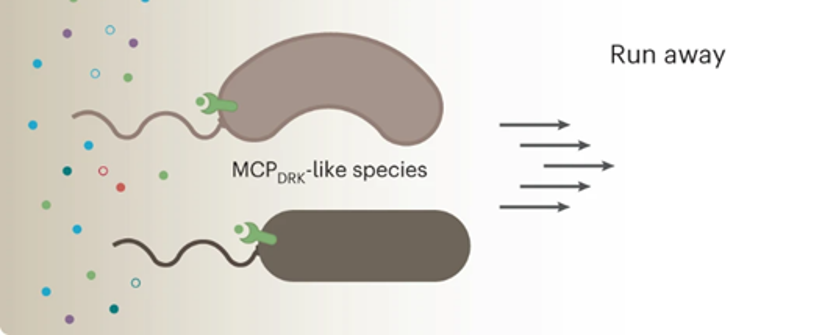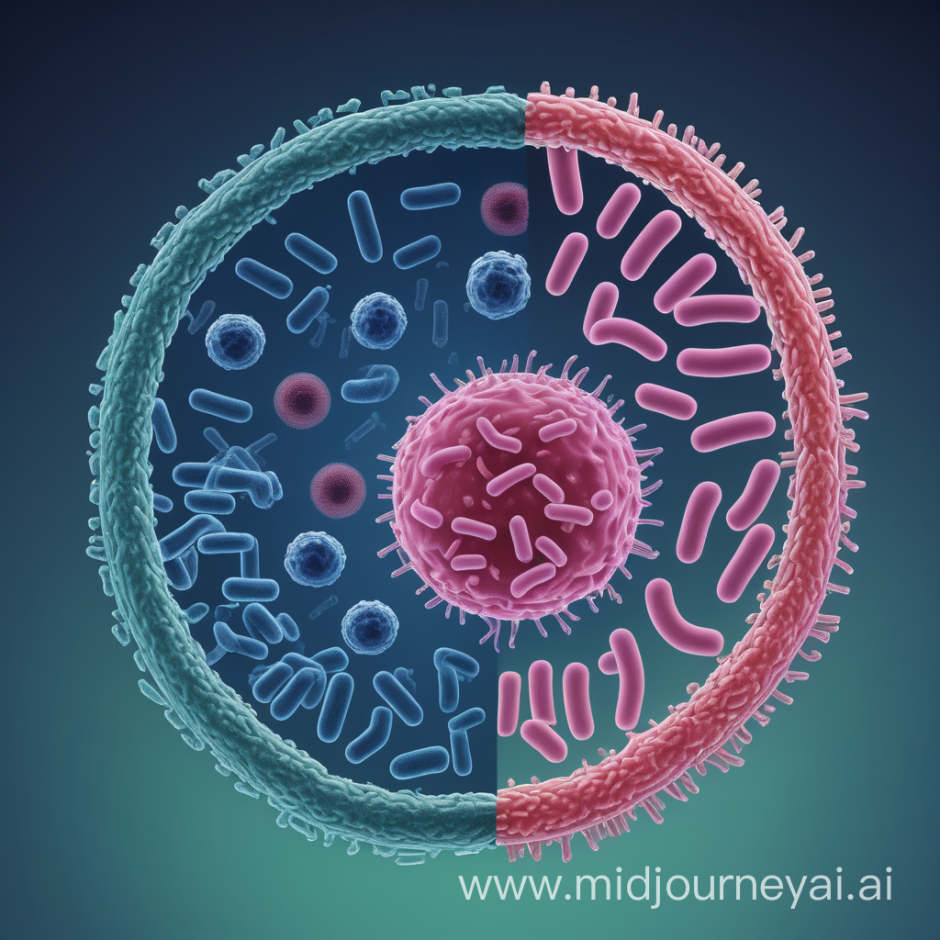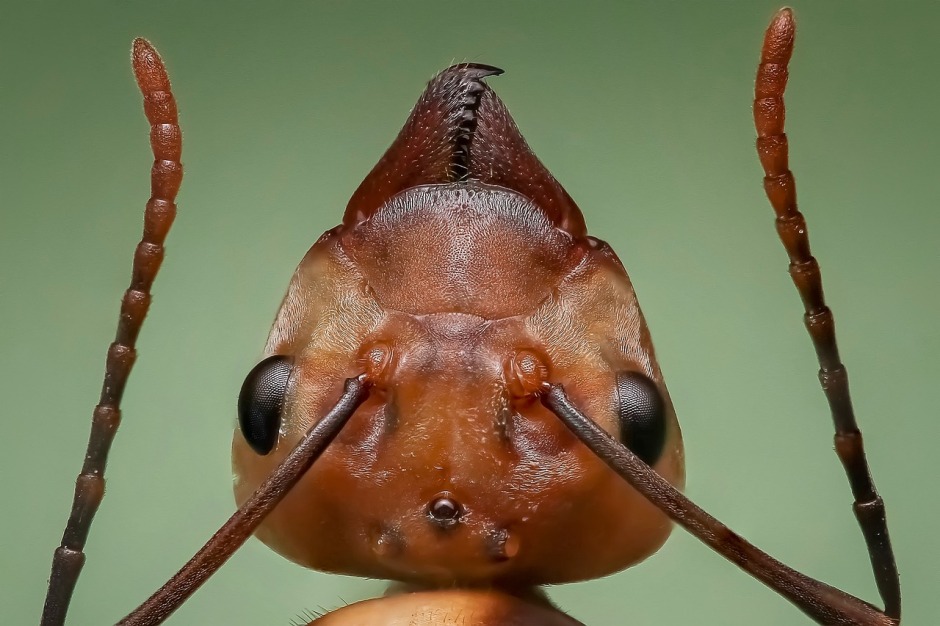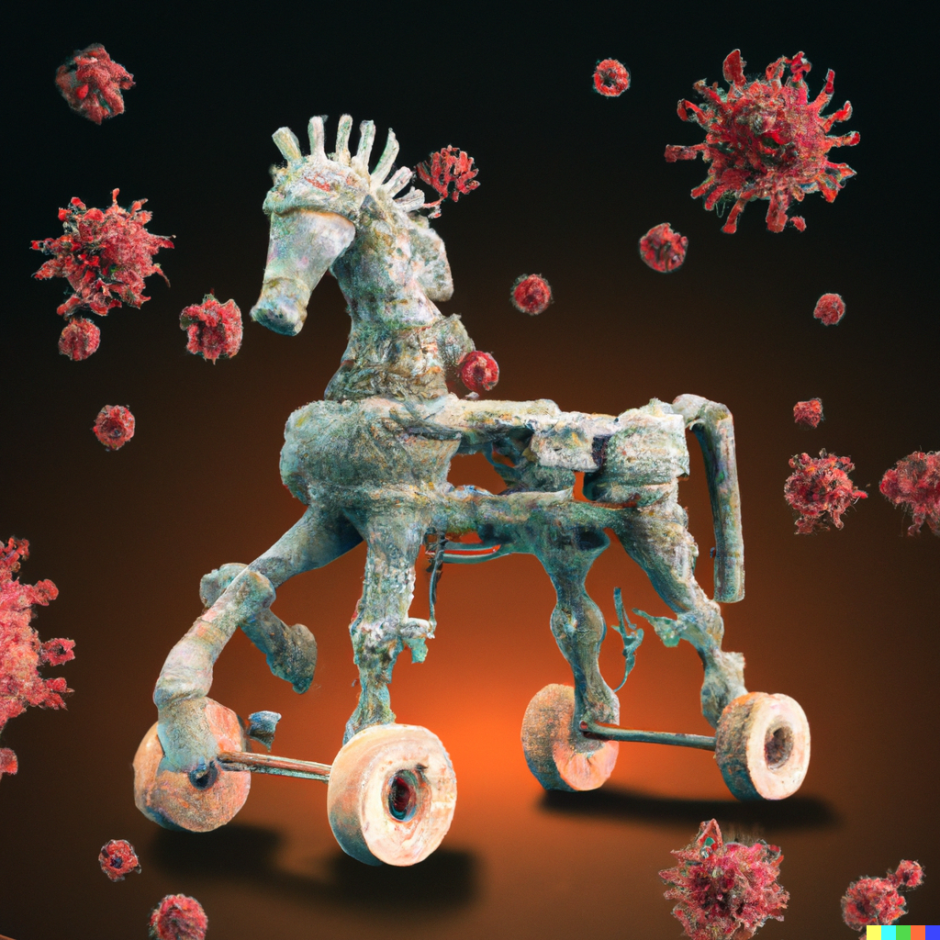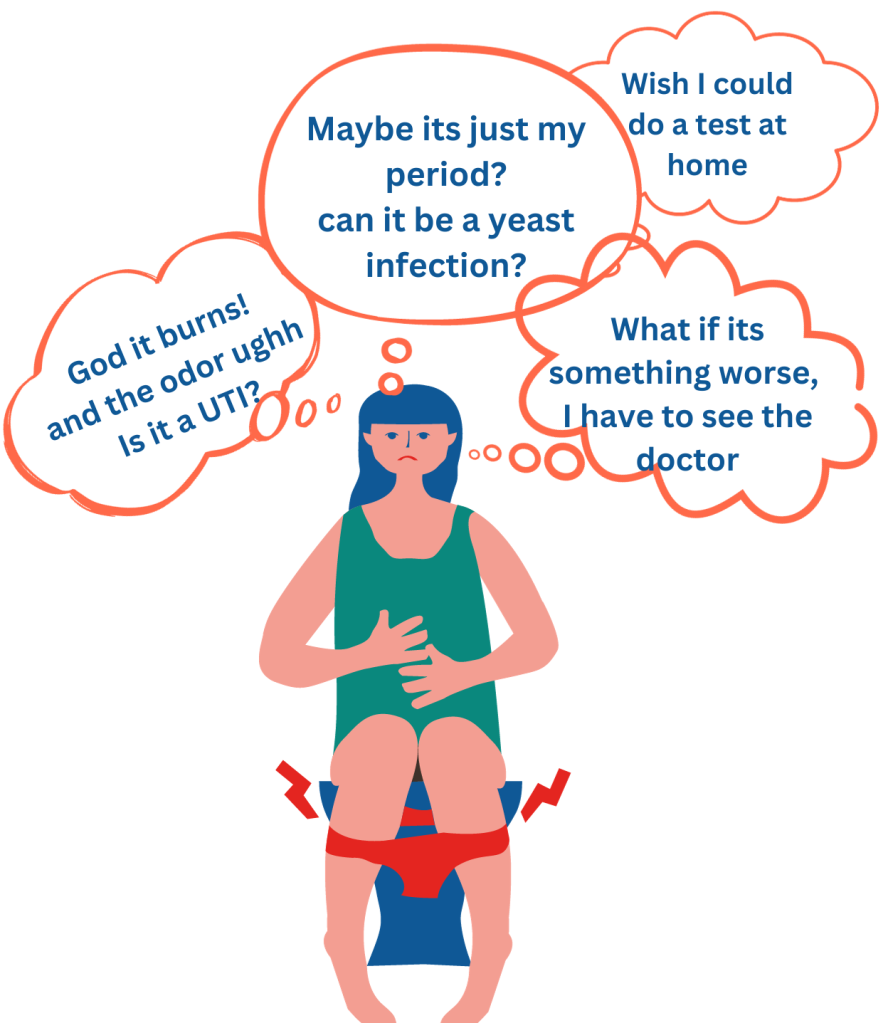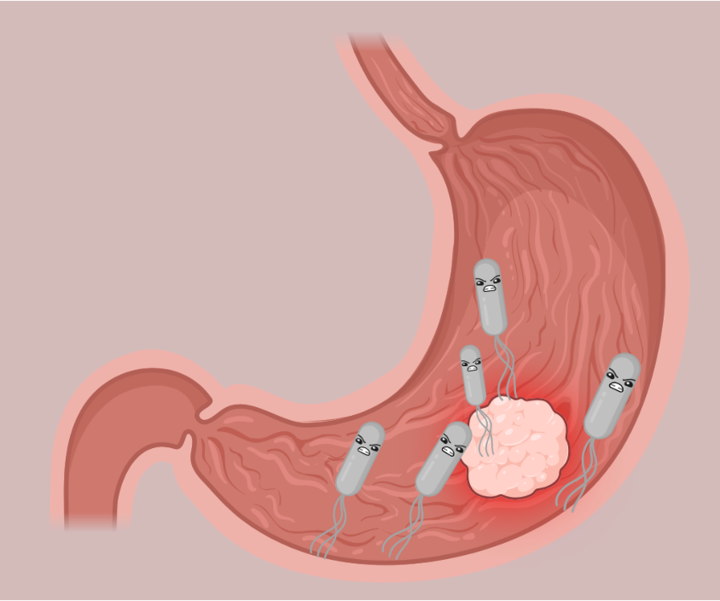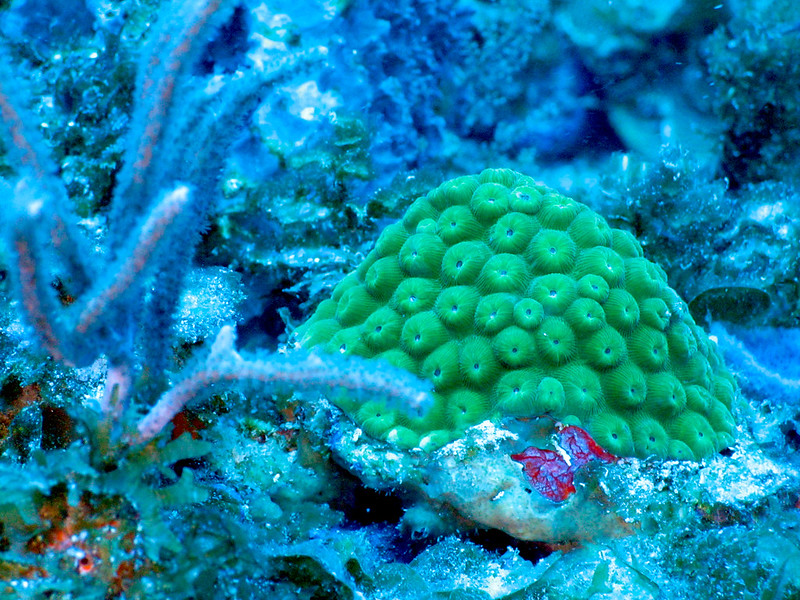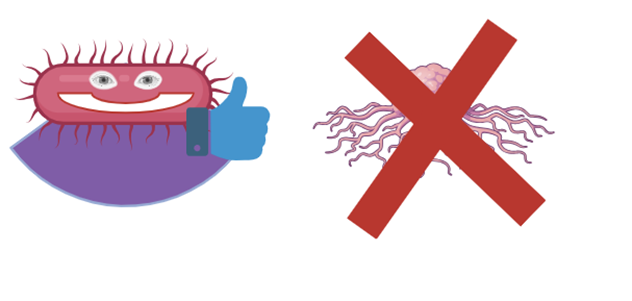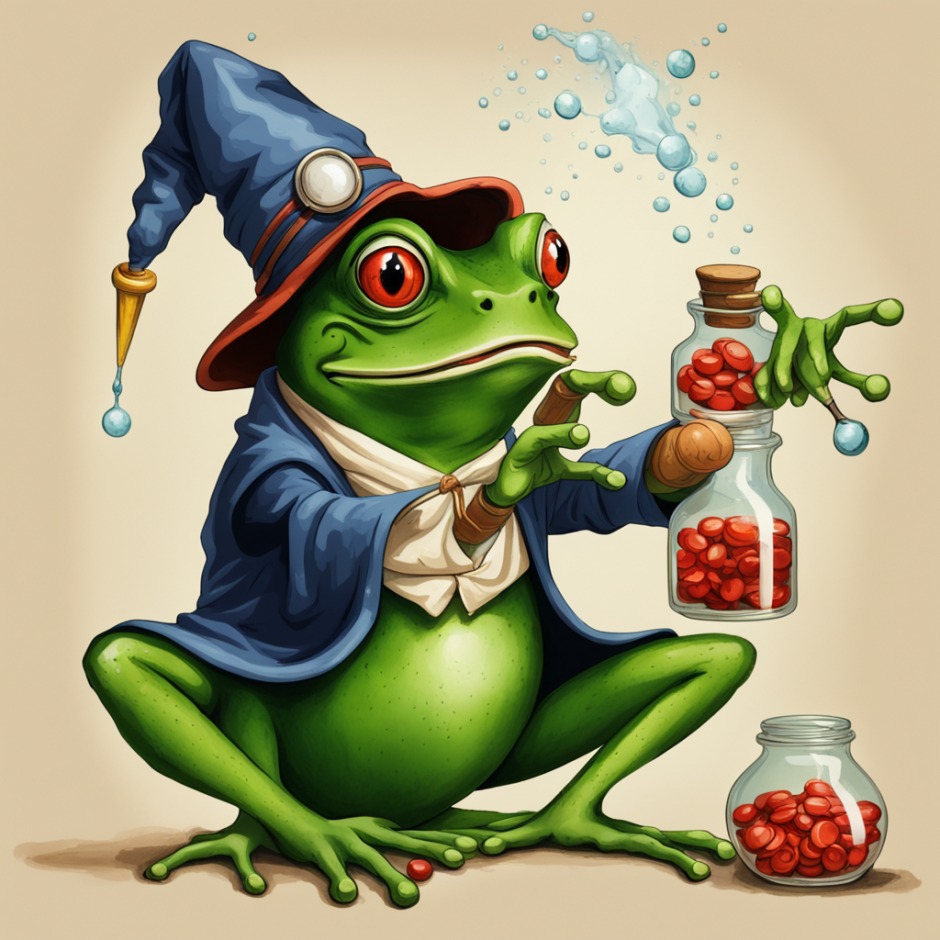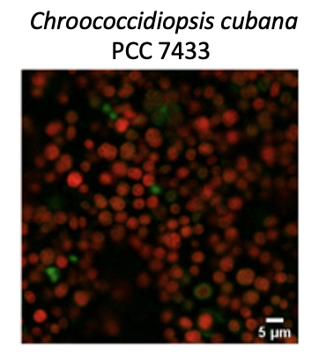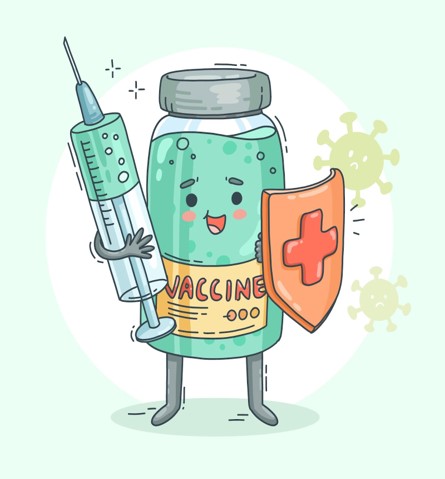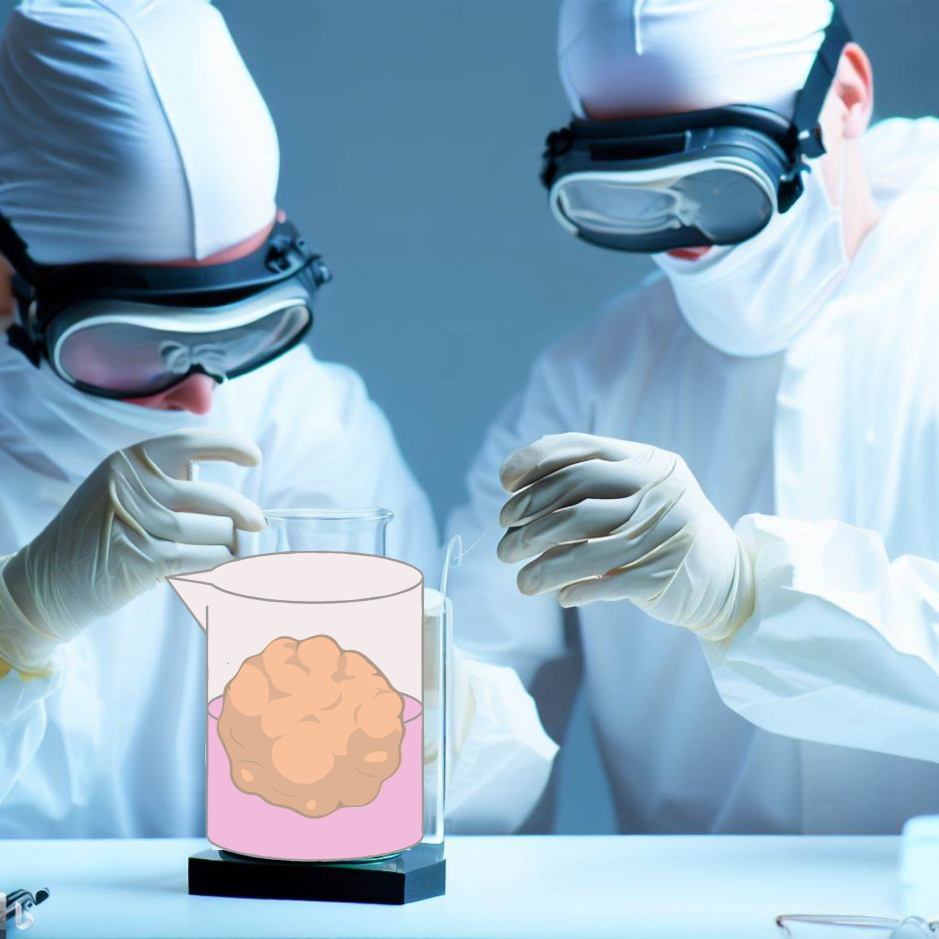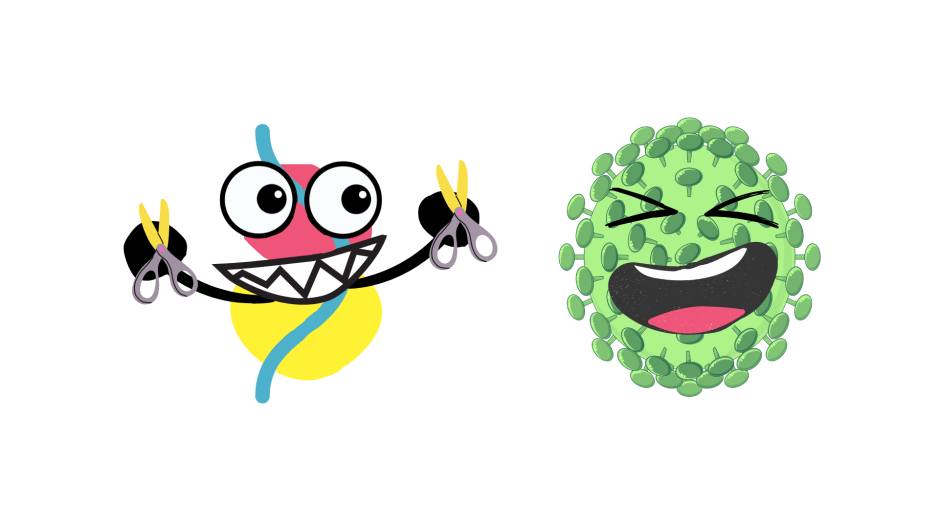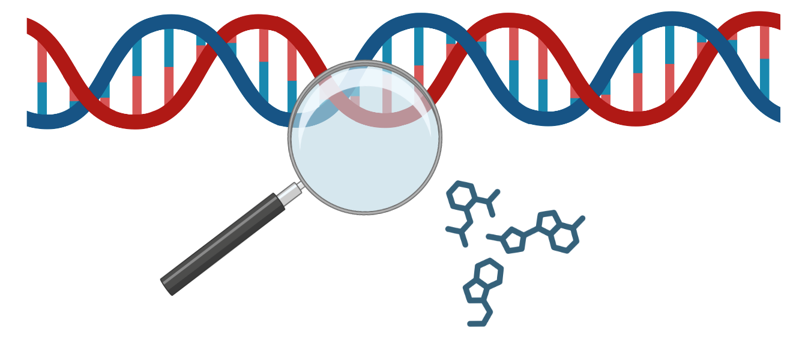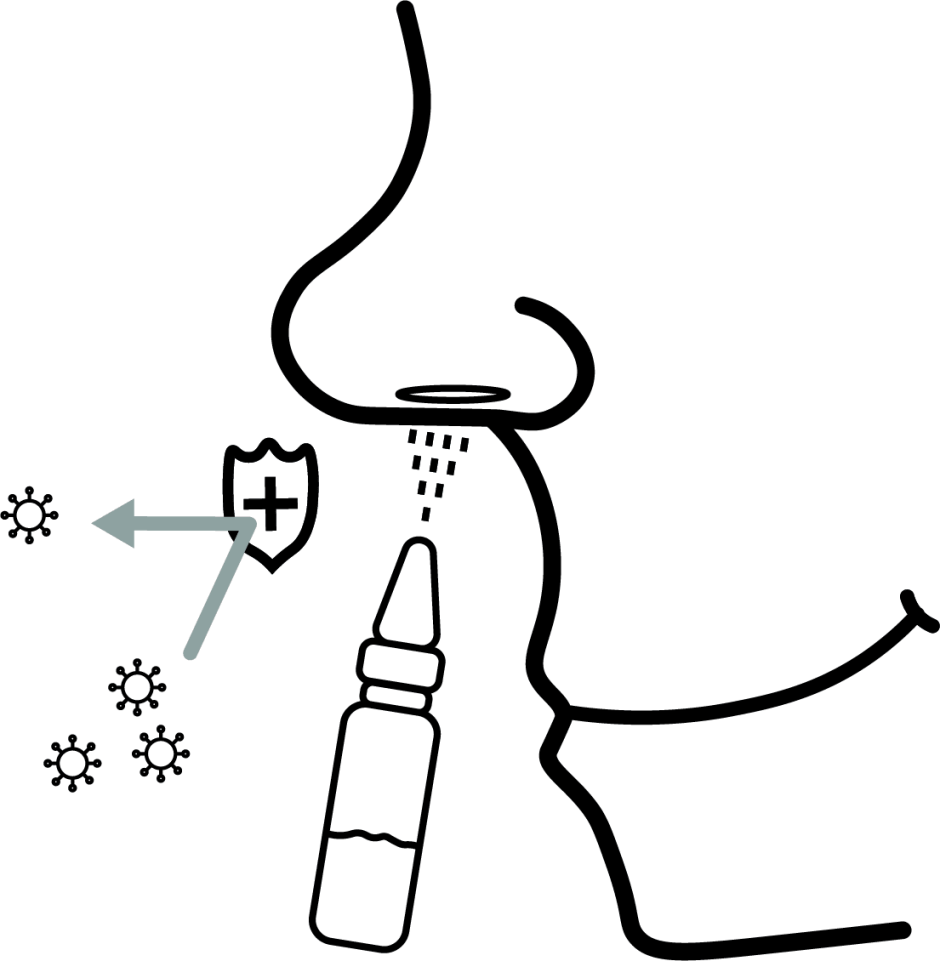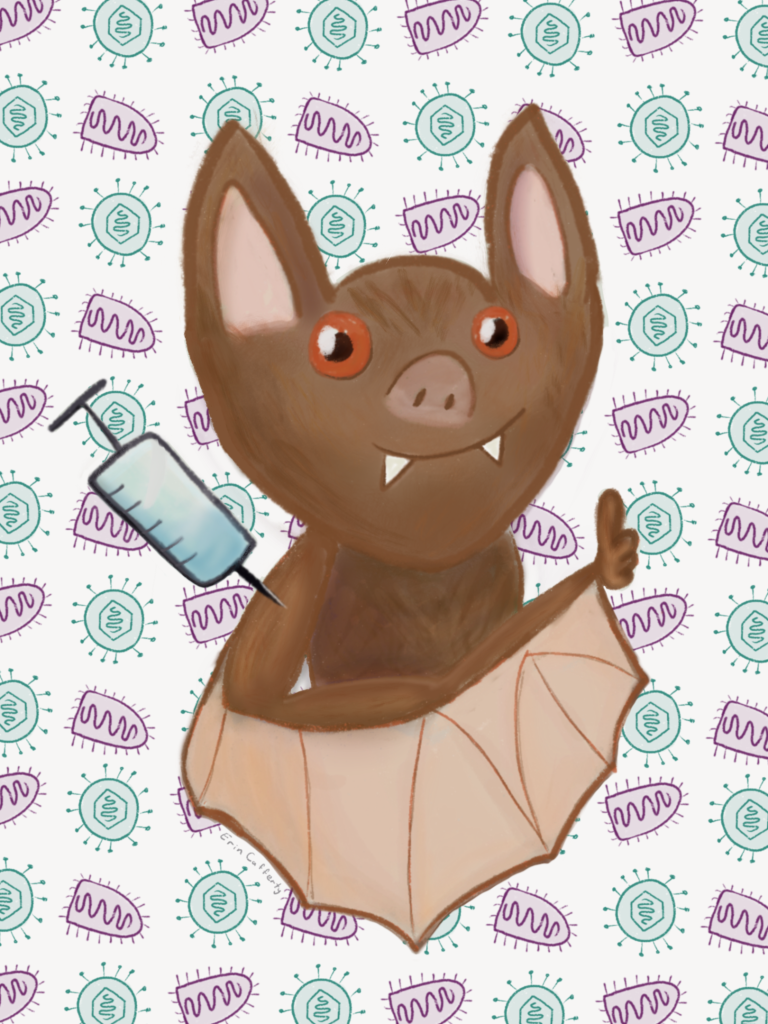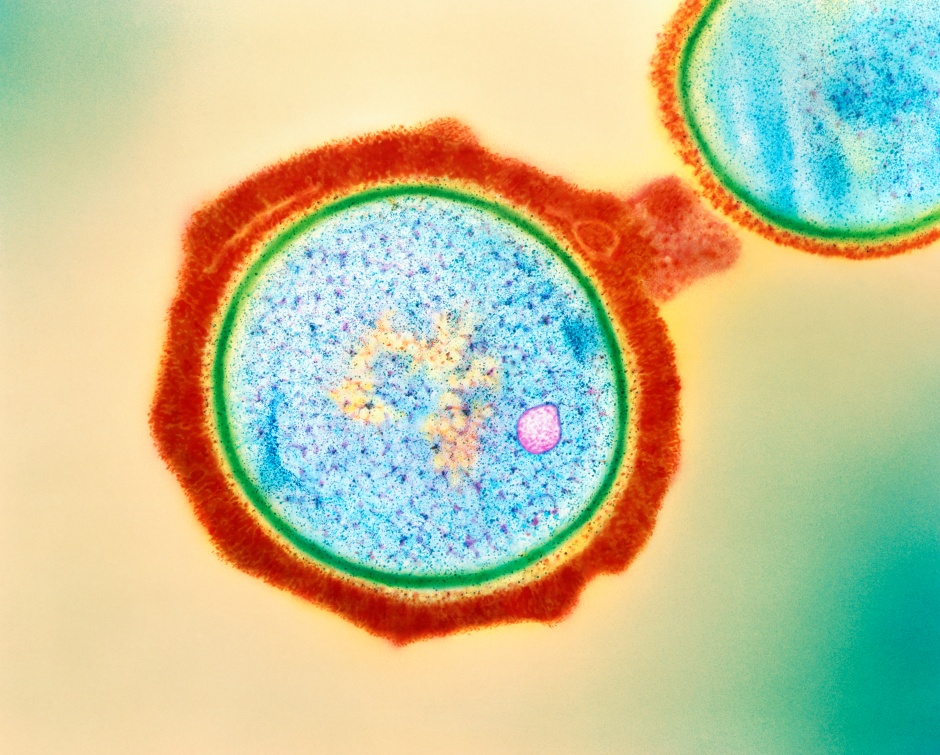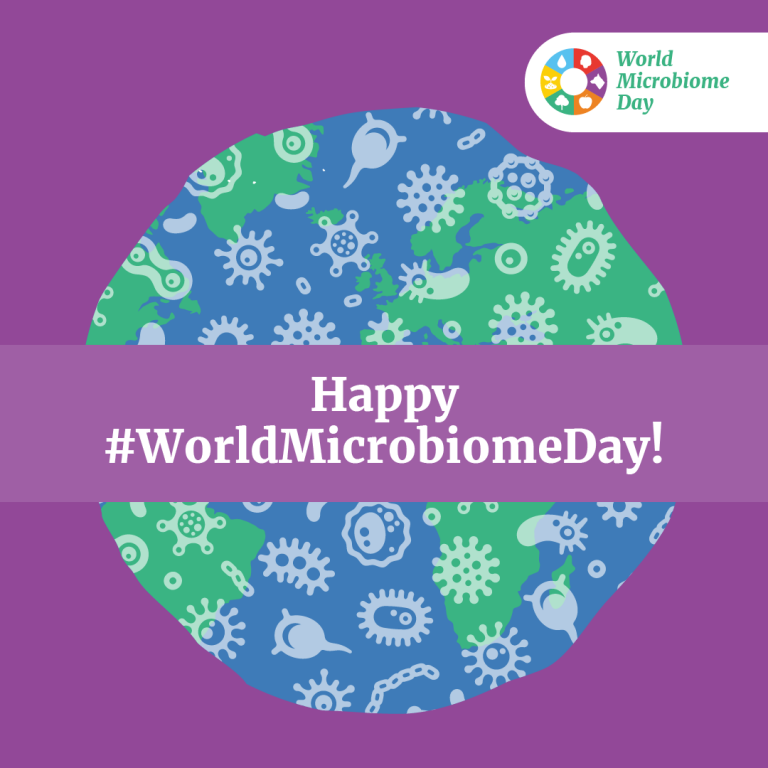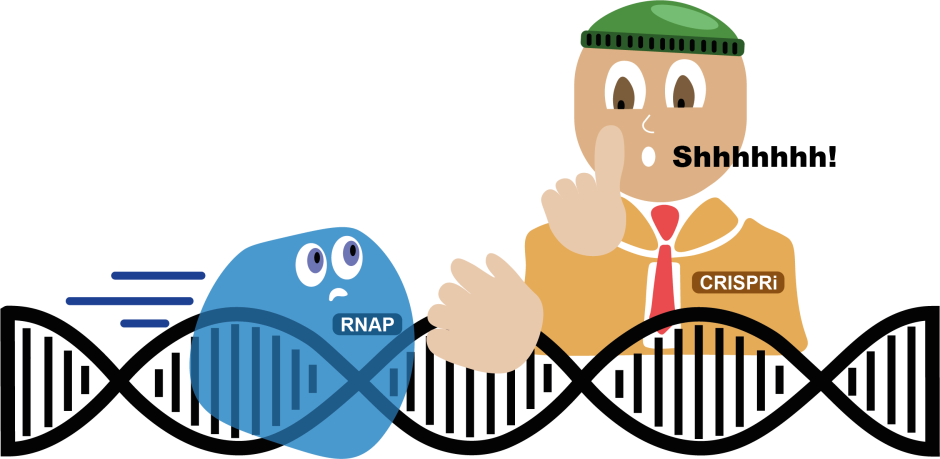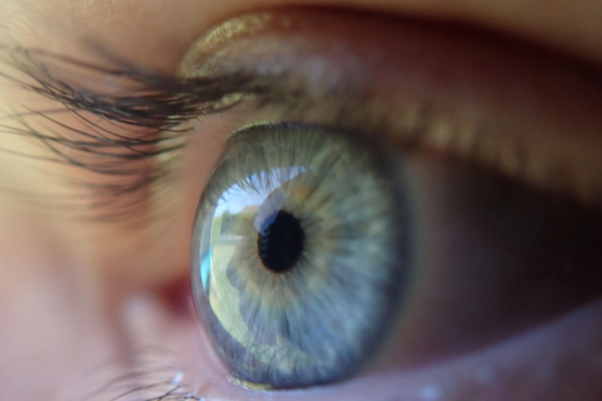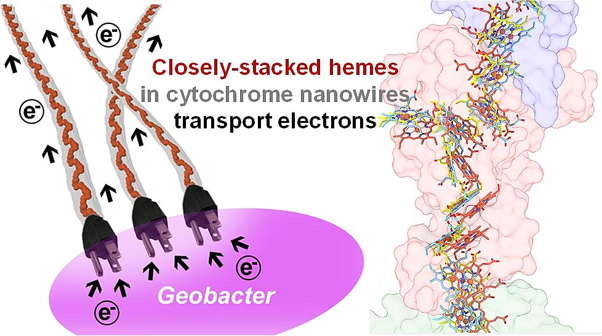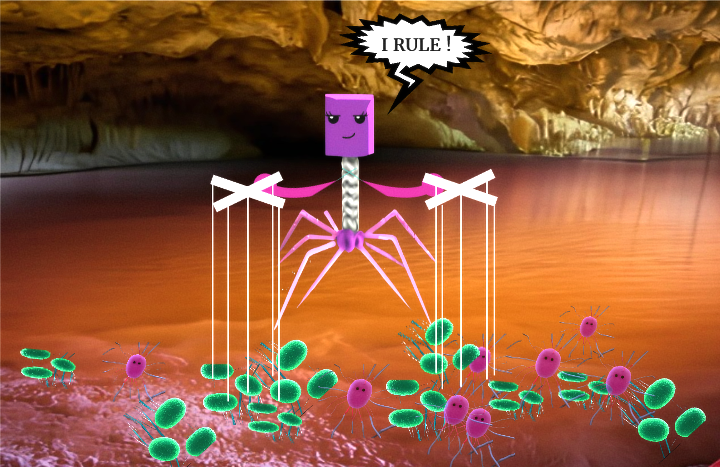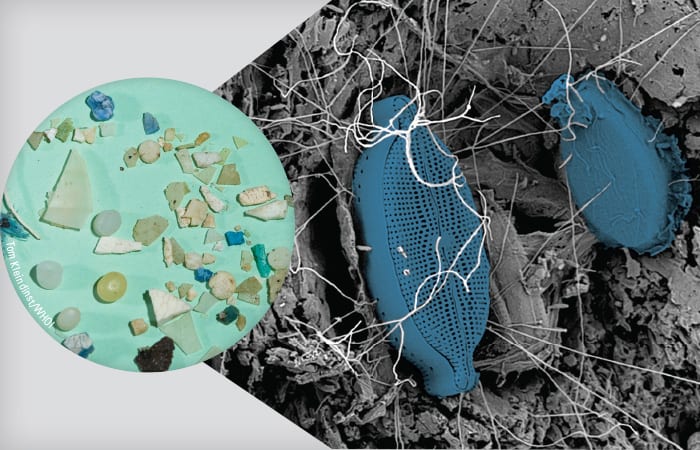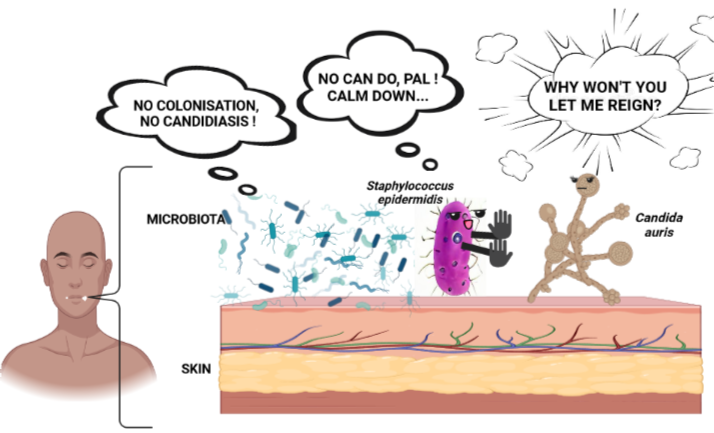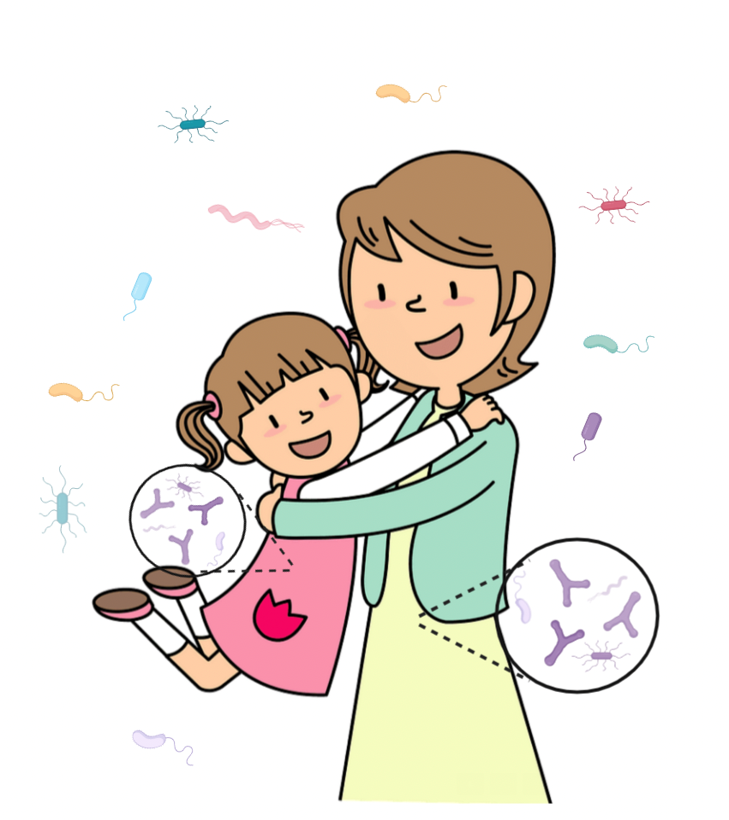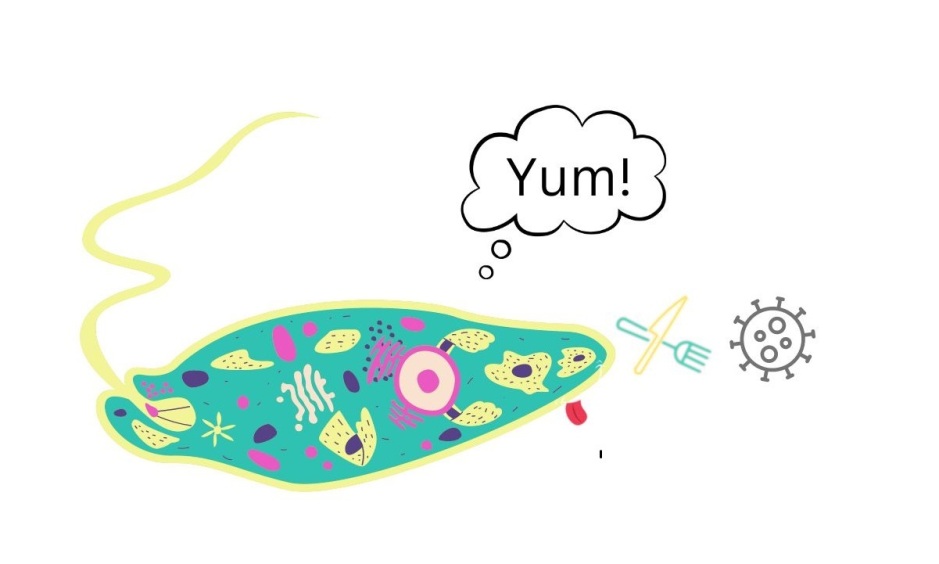
Breaking down the microbiology world one bite at a time
Bacterial buddies
This article is written by Meghana Hanagodu
The phrase “a man’s best friend” commonly alludes to our pets, particularly dogs, due to their unwavering loyalty, companionship and friendship with us humans. Throughout evolution, we also share approximately 84% of our DNA with them.
For quite a considerable duration, dogs have served as invaluable research models for numerous reasons. One noteworthy factor contributing to their utility is the complete sequencing of their genome, rendering dogs exceptionally valuable in genetic investigations. Researchers are especially keen on studying particular diseases that impact both dogs and humans.

While we share genetic material with them, you might also find it interesting to know that we also share our microbiome with them! As we know the human body is home to millions of microorganisms which range from bacteria, fungi, and archaea. They are present on our skin, in the intestine, and other parts of the body. The microbial communities that inhabit mammals have profound effects on biology and health. Gastrointestinal microbial communities impact host health by modulating the epigenome, and metabolism of drugs and nutrients as well as impacting immune system function and development. Factors such as age, cohabitation, environment, genes, and medicine actively contribute to changes in the microbiome. Studies have shown that while the microbiome of individuals is different, we do share common microbes amongst us, and even more with the people we live with.
Given our constant proximity and interaction with individuals in our environment, it can be argued that our body’s microbiome is influenced by our surroundings, as we often deposit microbes on the surfaces we come into contact with.
As we often share our living spaces with our pets, it’s only natural that they leave a significant microbial footprint on our household surfaces. Research has shown that, aside from interactions between humans, our relationships with pets also play a role in shaping microbial diversity. Engaging in close physical contact with our pets, including touching their foreheads and paws, provides an opportunity for organisms to potentially coevolve and eventually coexist. This phenomenon contributes to the establishment of a diverse microbial ecosystem in the context of human-pet relationships, as mentioned earlier.

Dogs play a significant role in shaping the types of bacteria that inhabit people’s skin due to the distinctive bacteria they carry. People often come into contact with these bacteria through their interactions with dogs. Dog owners, in particular, share certain bacterial families with their pets, such as Betaproteobacteria, commonly found in dogs’ mouths. Additionally, dogs carry bacteria associated with soil due to their outdoor activities and behaviors. This exposure to various sources and behaviors contributes to a wider range of skin bacteria in dogs compared to humans.
While dogs have some similarities in their gut and tongue bacteria compared to humans, they maintain a unique microbial composition. This distinct mix of microbial diversity brought by dogs adds an interesting dimension to our understanding of the connection between humans and their canine companions. It can be said that our pets not only host a diverse microbial community but also share a diverse set of microbiota that might, in turn, influence our microbial composition.
Because of the physiological and anatomical resemblances between humans and pets, the scientific community is actively investigating various facets of this dynamic human-pet relationship. These studies encompass not only genetic but also epigenetic aspects, which involve our physical environment. One such area is antimicrobial drug resistance. It’s truly intriguing to explore the dynamism of our systems and determine the extent to which we mutually influence each other. It is also difficult to comment whether the shared microbes have a true niche on the human body or could be transient after direct contact, but the results did suggest that direct and frequent contact with our cohabitants may significantly shape the composition of our microbial communities.
Featured image: Made by author


